Blog Post
What Is A Tank Strapping Chart?
When volume is a concern, a tank can come with a strapping chart. Here at Automation Products Group, Inc. (APG), we’ve put together this handy guide about tank strapping charts, what they are, and how level sensors tie into them.
What Is A Tank Strapping Chart?
A tank strapping chart tells the volume of liquid in a tank at a specific level. For example, when a tank has a level reading of 5 inches, there may be 5 gallons of liquid, and at 8.5 inches, there may be 10 gallons. A tank strapping chart helps convert measurement levels into volumes. This is especially useful for non-linear tanks. So tank strapping is tank calibration, and the strapping chart is the output.
Why Is It Called A Tank Strapping Chart?
The term comes from calibrating a tank by measuring it with a steel tape, or strap. While the practice has humble beginnings, modern-day tank calibration instruments include high-tech tools such as laser levels and ultrasonic thickness gauges.
Tank Strapping Charts For Non-Linear Tanks
Since they can’t be calculated with simple equations, non-linear tanks need tank strapping charts to identify volumes at given levels. These tanks are calibrated by the manufacturer or a professional service to ensure an accurate volume can be calculated at important level intervals. Level sensors, which is discussed later, can have the tank strapping chart programmed directly into them.
Common Strapping Chart Features
| INCHES | MM | BBL | LITERS | US GAL |
|---|---|---|---|---|
| 6.97 | 177 | 1 | 159 | 42 |
| 9.96 | 253 | 2 | 318 | 84 |
| 12.56 | 319 | 3 | 477 | 126 |
| 15.08 | 383 | 4 | 636 | 168 |
| 17.64 | 448 | 5 | 795 | 210 |
The essential information in a strapping chart is a level measurement paired with a volume. The level measurement can be converted to units such as gallons, barrels, or liters.
Strapping tank charts aren’t standardized and must be customized to tank specifications. For example, 5 feet of liquid in a small process tank is very different than 5 feet of liquid in a large terminal tank.
Increment resolution can vary. Some measure every inch; others may use feet. Volume is often the primary increment; an oil tank might only show a measurement for every barrel (42 US gallons). Measurement unit combinations is common. For example, levels are measured in both inches and millimeters, and volume in gallons and liters.
Level Sensors And Tank Strapping Charts
With tanks coming in many shapes and sizes, some won’t produce an accurate volume and still need a tank strapping chart. For non-linear tanks, a level sensor with a tank strapping chart programmed directly in the sensor is an easy and convenient way to measure tank volume. Several APG level sensors can put the strapping chart directly into the sensor via Modbus programming software. These include the MPX magnetostrictive level transmitter and the MNU and MNU IS ultrasonic level sensors. Using these sensors, assign a volume to a series of given level measurements. The sensors will then use those known points to linearize the tank and give a continuous volume measurement.
Other Terms For Tank Strapping Chart
These names all refer to a table or chart for converting a linear level into a volume. These include:
- Strapping Table
- Calibration Table
- Tank Chart
- Tank Calibration Chart
- Tank Gauge Chart
- Gauge Table
- Dip Charts
If you aren’t sure which sensor is right for you, our experts will help you determine the best devices for your particular application. If you have any questions about how to use a level sensor and strapping chart together for a better level measurement, contact us today!
WRITTEN BY

Sami T.
Sami Thompson is APG’s Marketing Technical Writer and has been with the company since 2022. With a master’s degree in English from Utah State University and a 40-page thesis publication under her belt, Sami has a demonstrated strong writing background. In her free time, Sami enjoys reading and birdwatching.

